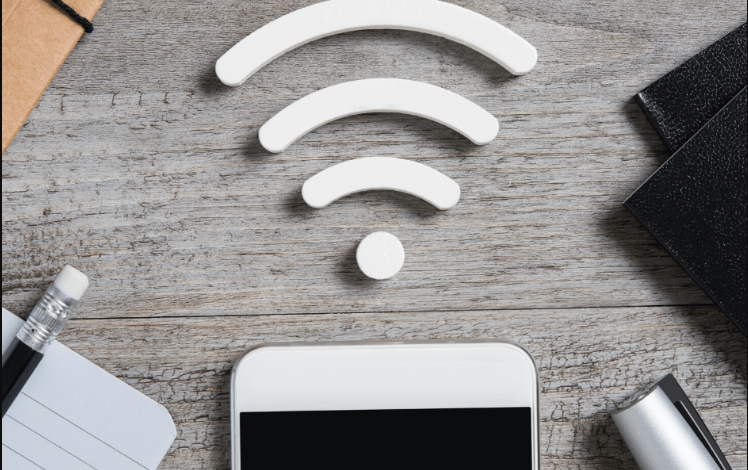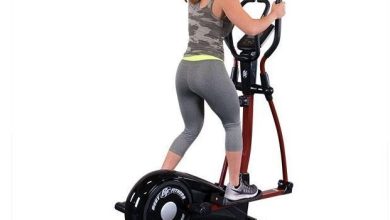Signal Booster: What Is It & How Does It Work?

These days, mobile signal boosters are the best answer for eliminating the problems of dropped calls or weak signals for devices that require signals outside of specific locations. Every app installed on the device has its signal strength that is independent of the vehicle, its surroundings, and the overall user requirements.
As a result, it becomes essential to understand what you need from the network connectivity and then make the mobile signal booster purchase.
Simply said, if you have a viable signal outside your house, business, or vehicle but no signal inside, you’ll need a cellular booster installed. It can help improve signal strength and network coverage.
What is a Mobile Signal Booster?
The cellular signal repeaters or boosters function by capturing the signal nearby or outside the building. Furthermore, it repeats the signal inside the office, home, or any vehicle. Boosters are a considerable choice for all as they support all carriers, have no recurring fees, and are easy to install.
Some of its advantages include:
- Elimination of dropped or poor voice quality calls
- Improvement of data speeds
- Multiple carrier support
- Extending coverage area
- Improved device’s battery life
- Support multiple users
How Does Mobile Signal Booster Work?
The role of the cell phone signal booster grabs the nearby cellular signal, rectify it, and transmit the same signal throughout space with the demand for better connectivity. Signal booster kits are perfect for offices, large homes, commercial spaces, and vehicles like cars, trucks, etc.
However, remember that a cellular repeater can only work if there is already a signal outside the vehicle, home, or business. After all, its job is to improve an existing signal rather than generate one.
Components of Mobile Signal Booster
An External Antenna
Also known as the donor antenna, the external antenna is the first and major component of the cellular booster. It captures the weak 3G, 4G, and 5G signals. It is further divided into two types:
Omni-directional antenna: It receives the signal from every direction or simply the 360-degree angle. These are best for those in need of medium to strong signal strength outside or simply want to increase multiple carrier support.
Uni-directional antenna: This 45-degree triangle-shaped antenna pulls the transmission in one direction. These should be aimed in the direction of the nearest cell tower. The antenna can reach further than the omnichannel since the signal is more focused.
The antenna’s position is significant. After all, it affects the signal power provided to the amplifier. To get the optimum signal, you’ll need to put the antenna on the side of your house. Remember that the higher antenna better captures the signal from the tower. You can use the place with the best signal in a variety of ways. Use the field test mode, phone bars, smartphone apps, and more.
Amplifier
A mobile signal booster’s second component is the amplifier. The amplifier receives the poor signal that is pushed in from the outside antenna for boosting purposes.
Get in contact with the phrases below to learn how amplifiers function and how to find the ideal booster kit.
- Coverage Area: There are multiple amplifier options available with varying square feet specifications that they can cover. For example, the amplifiers for home are capable of covering 2,500 sq ft. On the other hand, medium and large-sized homes may require amplifiers covering the range of 5,000 to 7,500 sq ft. Remember that the quality of outside signal and amplifier type impacts the coverage area.
- Strength Gain: You may come across the words dBm and dB when looking for signal enhancers. Do you understand what they all mean? Typically, cell phone signals are radio waves that operate within a specific frequency band in the radio spectrum. The signal can be measured in decibels (dBm) or decibels (dB).
Simply put, it is vital to note that increasing the dB level is dependent on numerous things. Building materials, internal and external interference and other factors are among them. As a result, locating the readings first and understanding how to get the desired results comes as the need.
Indoor Antenna
The third and final cell booster component is the indoor antenna. After the signal has been amplified by the amplifier, it is sent to the indoor antenna. The signal is broadcasted to the preferred locations.
Furthermore, the indoor antennas are divided into two types:
Panel Antenna: It’s a sort of wall-mounted antenna that transmits signal cones varying from 45 to 70 degrees. This simply implies that the strongest signal will be sent to the spot closest to it.
Place the panel antenna in specific sections of your home, such as your bedroom or living room where you require the best signal possible. It assures delivery of the powerful connectivity to these areas before broadcasting the signals to less-prioritized spaces.
Dome Antenna: This antenna type is ceiling-mounted. Its job is to transfer signals evenly in all directions. When trying to increase the signal in big spaces, they function best.
You can easily find several signal boosters using the panel antennas. However, some may also include the indoor antennas depending on the cellular signal booster kits. So, choose the one as per your needs.
Talking about the types of signal boosters available, there are plenty of popular options to choose from. It includes Optus signal booster, Vodafone signal booster, and more.
Summing Up
To summarize, positioning a mobile signal booster is essential for a better Wi-Fi setup. To receive the quality signal, data connections travel back and forth between the central point, antennas, or equipment deployed in various locations.
Failed downloads undoubtedly resulted in dropped calls, but thanks to mobile signal boosters, poor-quality communication is now a thing of the past. In addition, skilled technicians are always available to assist. Isn’t it fantastic?
So, no matter which signal booster you pick, ensure it is from a reputable manufacturer and meets all your network connectivity demands.
Hope this write-up seems helpful to you.
Thanks for Reading!!




